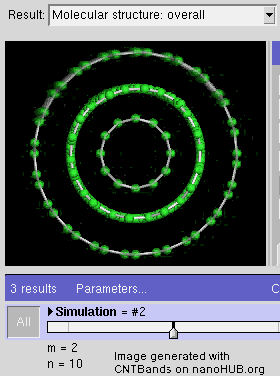
- Image via Wikipedia
A new battery demonstrated a power output 10 times higher, for its size, than what is expected of a conventional rechargeable lithium battery
Imagine that the same rechargeable battery in your cell phone could power a device that requires 10 times the energy. That possibility may be closer than you think.
A battery created by researchers at Massachusetts Institute of Technology demonstrated an increased capacity for charge by roughly a third and a power output 10 times higher, for its size, than what is expected of a conventional rechargeable lithium battery. The results were published yesterday in Nature Nanotechnology.
The research team, led by Yang Shao-Horn, an associate professor of materials science and mechanical engineering, and Paula Hammond, professor of chemical engineering at MIT, achieved this by creating an entirely new kind of electrode — in this case, by modifying the positive end of the conventional battery, which is called the cathode.
The collaboration began through graduate student Seung Woo Lee, studying fuel cells, who was advised by both Shao-Horn and Hammond. Lee defended his doctoral dissertation this spring.
Using commercially available carbon nanotubes — hollow cylinders 50,000 times thinner than a human hair but composed of carbon atoms — the team fabricated the cathode entirely out of the nanotubes put down in layers.
The large surface area of a nanotube allows it to store more charge than other types of carbon, such as graphite, but previous battery fabrication methods tended to obscure these surfaces.
Using the exposed surfaces allows more charge to be stored — increasing capacity — while also letting those charges migrate more easily — increasing power.
The findings of this research challenge the conventional wisdom about what materials could be used in the cathode of a battery. It also stimulates discussion about what such powerful batteries could be used for.
Related articles by Zemanta
- Using carbon nanotubes in lithium batteries can dramatically improve energy capacity (scienceblog.com)
- Nanotubes Give Batteries a Jolt (technologyreview.com)









